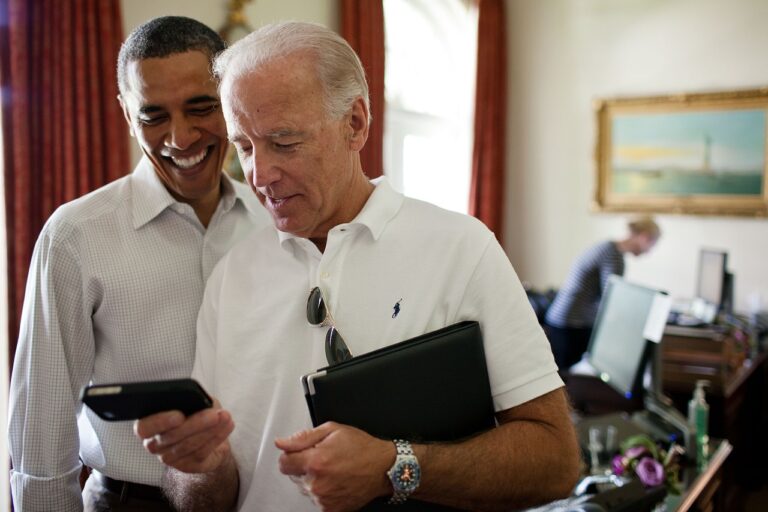When it comes to healthcare policies, particularly those involving Medicare and Medicaid, there are significant differences and similarities between the approaches of former President Donald Trump and the proposed reforms associated with DOGE. Here’s a breakdown of their stances:
### Trump’s Policies
President Trump’s policies on Medicare and Medicaid have been marked by inconsistency. Initially, he promised to protect these programs, but later endorsed a budget that included substantial cuts to Medicaid. The proposed budget aimed to reduce Medicaid funding by $880 billion over ten years, which would have shifted a significant financial burden to states. This move was part of a broader plan to finance large tax cuts and other priorities like border security[1][4].
Trump also emphasized the need to combat fraud in Medicaid, suggesting that reducing waste could improve the program’s efficiency. However, critics argue that the scale of proposed cuts far exceeds any potential savings from fraud reduction[4].
### DOGE’s Proposed Reforms
DOGE, associated with Elon Musk’s influence, has been linked to broader systemic changes in government spending, including healthcare. While specific reforms for Medicare and Medicaid are not clearly outlined, the general approach seems to focus on reducing government spending across the board. This includes claims of uncovering massive fraud in government programs, though these claims are often controversial and lack concrete evidence[5].
The narrative around DOGE suggests a push for significant reductions in government spending, which could impact entitlement programs like Medicare and Medicaid. However, unlike Trump’s explicit endorsement of Medicaid cuts, DOGE’s approach is more about systemic overhaul rather than targeted healthcare reform.
### Comparison
Both Trump and DOGE’s associated policies suggest a desire to reduce government spending, but they differ in approach. Trump’s policies were more directly focused on healthcare, with specific proposals for Medicaid cuts. In contrast, DOGE’s influence is part of a broader effort to reshape government spending, with less clear specifics on healthcare.
Critics argue that both approaches could lead to reduced access to healthcare for vulnerable populations. Trump’s Medicaid cuts would directly impact those relying on the program, while DOGE’s broader spending reductions could have indirect effects on healthcare funding.
In summary, while both Trump and DOGE’s associated policies involve reducing government spending, Trump’s approach was more directly focused on healthcare cuts, whereas DOGE’s influence is part of a broader systemic overhaul. Both have the potential to significantly impact healthcare access in the United States.





